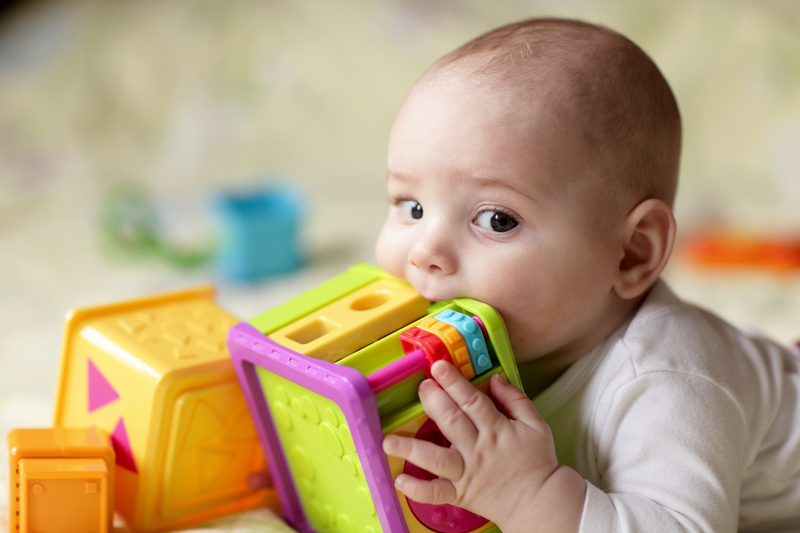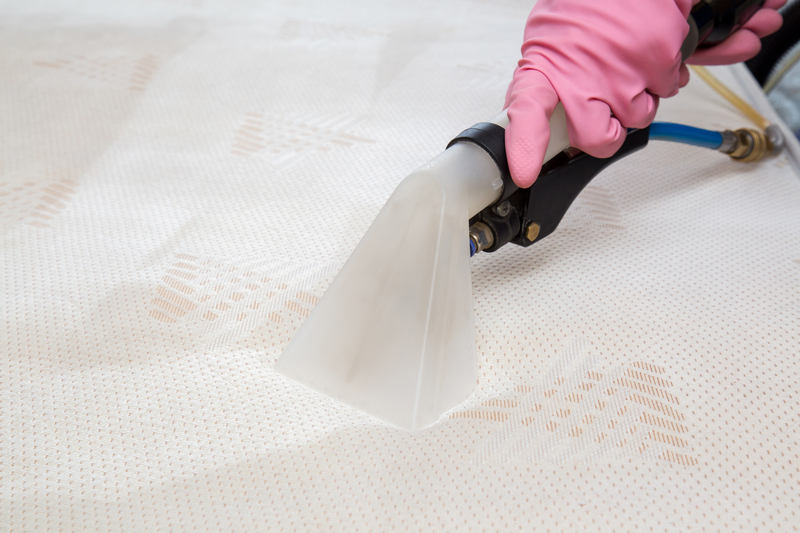Optimizing a Small Closet for Storage
Posted on 07/03/2025
Before you start reorganizing, take a good look at your current closet setup. What is working and what isn't? Identify the main areas where you need more storage or better organization. This step is crucial to make sure you use every inch effectively.
Declutter
The first step in optimizing any space is to declutter. Remove items you no longer need or use. Donate clothes you haven't worn in a year and discard any broken items. By reducing what you need to store, you will naturally free up a significant amount of space.

Utilize Vertical Space
Often, we overlook the vertical space in our closets. Install additional shelves above your existing rods for storing less frequently used items. Add hooks on the walls or inside the door for hanging accessories like hats, belts, and scarves.
Invest in Multi-purpose Organizers
Multi-purpose organizers like hanging shoe racks or closet kits can go a long way in optimizing space. Consider tiered shelves, stackable bins, and over-the-door organizers to make the most out of every nook and cranny.
Use Matching Hangers
Using the same type of hanger not only looks cleaner but also maximizes space. Slim, non-slip velvet hangers are particularly effective at reducing unnecessary bulk, allowing more clothes to fit neatly side by side.
Sort by Category
Organize your closet by categories such as work clothes, casual wear, and formal attire. This not only makes things easier to find but also helps identify what you're missing or have too much of.
Double Your Hanging Space
Consider installing a second rod below your primary rod to double up on hanging space. This is particularly useful for shorter garments such as shirts, skirts, and pants.
Add Drawer Units
Drawer units are excellent for storing folded items, accessories, and other small belongings. Look for modular systems that can be customized to fit the exact dimensions of your closet.
Label Everything
Labeling bins, boxes, and even hanging sections can help keep things in place. When you know exactly where each item belongs, it's easier to maintain an organized space.
Maintain with Regular Cleanouts
Once you've optimized your closet, regular maintenance is key. Set aside time every few months to declutter and reorganize, ensuring that everything remains in its designated place.
Pros and Cons
Pros:
- Maximizes available space.
- Makes it easier to find items.
- Enhances the overall aesthetic.
- Improves home value.
Cons:
- Initial cost for organizers and installations.
- Time investment in planning and execution.
- Maintenance required to keep the system functional.
Tips
- Start small--optimize one section at a time.
- Use clear containers for visibility.
- Rotate seasonal clothes to avoid overcrowding.
- Store heavier items on lower shelves for safety.

Takeaways
- Assess and plan your closet space before making changes.
- Declutter to make room for essential items.
- Utilize vertical and hidden spaces.
- Invest in good-quality, multi-purpose organizers.
- Maintain the organization with regular cleanouts.
Conclusion
Optimizing a small closet for storage can drastically improve your day-to-day life by making it easier to find what you need and keeping your living space tidy. While it requires an initial investment of time and resources, the benefits far outweigh the drawbacks. With a well-optimized closet, you can maximize space, maintain cleanliness, and even add value to your home.




